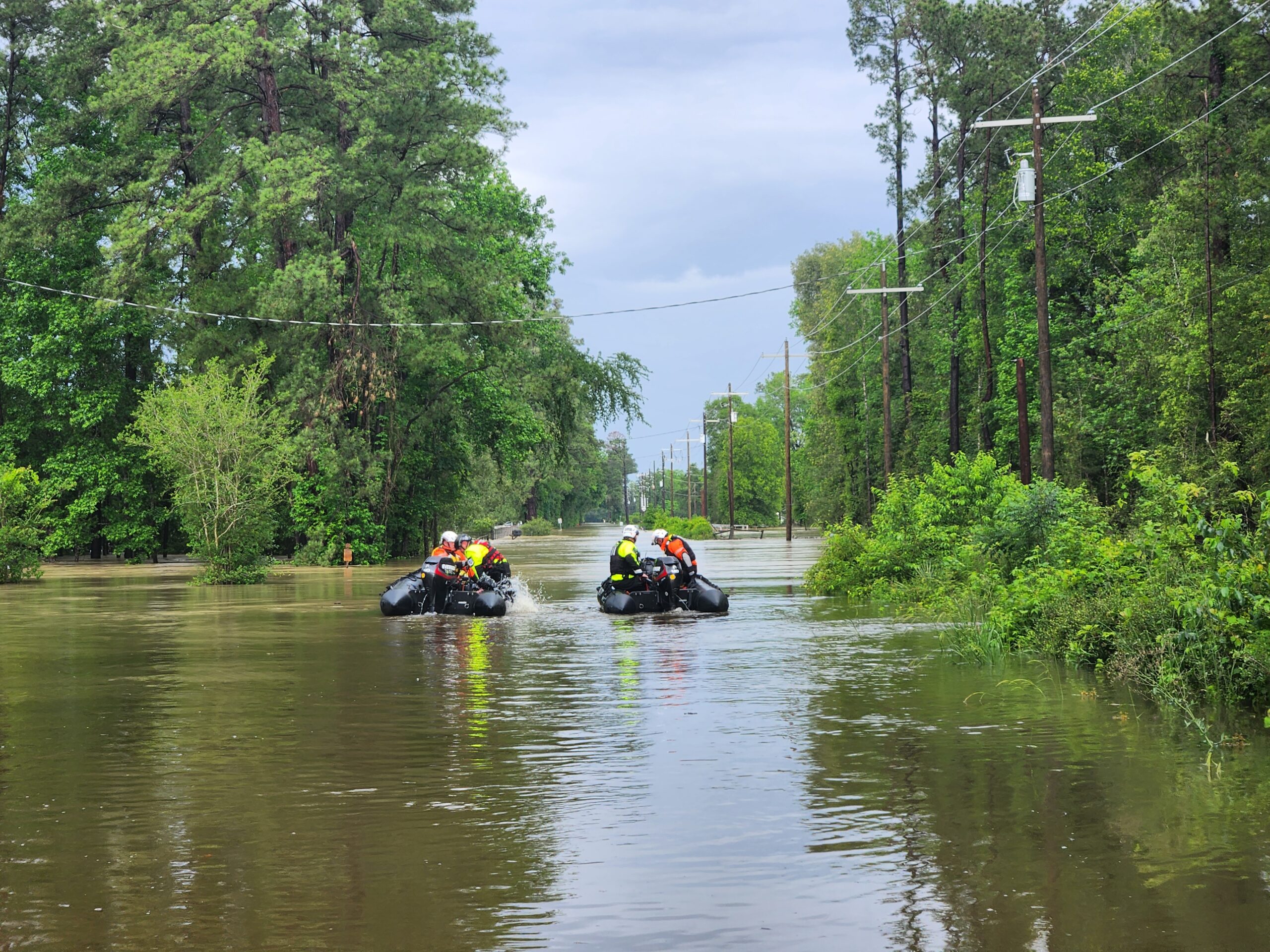Adapting to the new normal: Philanthropic responses to a world of constant disasters

When life feels like a constant barrage of disasters and emergencies, it’s easy to feel overwhelmed and scattered and to experience decision paralysis. Funders may not know who, where, when and how to fund to support communities. Our recent webinar helped answer the question: “How can I help make an impact amid all these disasters?
The webinar speakers included Thomasina Burns, co-executive director of Houston Responds, Amy Carol Dominguez, program director of Vibrant Emotional Health’s Crisis Emotional Care Team, Barb Mayes-Boustead, NOAA coordinator for the Climate Ready Nation Initiative, and Kari McCann Boutell, president of Iowa Council on Foundations.
Disaster fatigue
Disasters aren’t slowing down – they are stronger and more frequent. In recent years, we’ve seen increasing numbers of billion-dollar disasters in the United States. Already in 2024, there have been 15 billion-dollar disasters confirmed by the National Oceanic and Atmospheric Administration: all of them are storms.
Long after the media attention fades following a disaster, communities require ongoing, flexible funding to rebuild and heal.
Kari acknowledged the pitfall of the current reactionary giving system: “What we have seen is fatigue. People do not have the capacity to keep giving and giving with all these disasters . . . Community foundations are activating and creating funds more frequently and more often and with repeating disasters in the same counties, organizations do not have the infrastructure and human capital to keep the resources flowing.”
Funders and responding organizations are understandably tired. Some of the people experiencing disasters this year have been hit multiple times. Adapting to the increase in disasters includes adapting philanthropy’s response systems to ensure that community needs are met.
Adaptive response
CDP grantee partner, Vibrant, developed a new framework, the Model for Adaptive Response in Complex Cyclical Disasters, which recognizes that disasters may occur at the same time or timelines may overlap. As a result, response efforts must consider and respond to all community needs instead of focusing on the needs from just one particular event.
As Amy mentioned, “It’s rare that there is an individual or a community only dealing with one issue.”
She described multiple disasters in a community as layers of incidents, meaning we must focus on the overall community’s well-being, acknowledging the compounding stressors that arise from multiple disasters. This creates space for a “being human first” framework, focusing on the needs of the community overall.
Prevention and mitigation
Being proactive feels hard when we are constantly playing catch-up, which is why focusing on prevention and mitigation is critical. Kari recommended that community foundations create a disaster recovery fund before a disaster occurs. Having a dedicated fund for overall disaster recovery allows foundations to be nimble in collecting and distributing funds across a community and handle multiple disasters simultaneously. It helps communities have the resources to prepare for foreseeable events and manage unforeseeable events.
Thomassina experienced this with Houston Responds. Despite its name, Houston Responds works beyond Houston and tries to focus on the smaller, rural communities. Thomassina explained that the populations who get hit multiple times by disasters are often rural communities, and sometimes unincorporated parts of the county that aren’t within city limits. They are often overlooked. When responding organizations come in to help, they often want to serve in a centralized location to maximize impact. A standing fund allows Houston Responds to spend money nimbly and deploy it to these overlooked populations.
She explained: “During the derecho, we had groups that came in from other parts of the country and they were centralized in one part of the city with a large population, but there was an unincorporated community maybe 25 miles away that no one was servicing, with no resources.”
These areas don’t have contact with local officials and responding organizations. That is what makes Houston Responds’ work so critical: they can connect larger resources and incoming aid to the community network to make sure people aren’t left behind.
Climate change
Taking it to a more macro level, Barb talked about how the changing climate has direct and indirect consequences. Communities are experiencing new hazards that they haven’t experienced before and are unprepared to handle, while farmers struggle with the irregularity of the weather causing short-term disruptions and long-term changes in the growing conditions.
She compares the changing climate to a baseball player using steroids: “You can’t look at any one home run and say that the home run happened because of the steroids, but you can look at the numbers over time and say they became more likely to hit home runs because of steroid use.”
Looking at the bigger picture, the changing climate has increased the frequency and severity of natural hazards. Globally, this change requires consistent adaptations, especially in our food and agricultural systems, to match the environment.
The increasing frequency and severity of disasters underscores the urgent need for a shift in how we approach disaster philanthropy and community support. Traditional, reactionary giving is not sustainable in the face of constant crises. Adopting a proactive, holistic approach is essential. By focusing on mitigation and prevention, creating pre-established disaster recovery funds, and ensuring support reaches often-overlooked rural communities, we can better prepare for and mitigate the impacts of these disasters.
As we continue to confront the realities of a changing climate, the insights shared in this webinar provide a roadmap for funders striving to make a meaningful impact amid the ongoing barrage of emergencies.
Watch the webinar recording to learn more:
